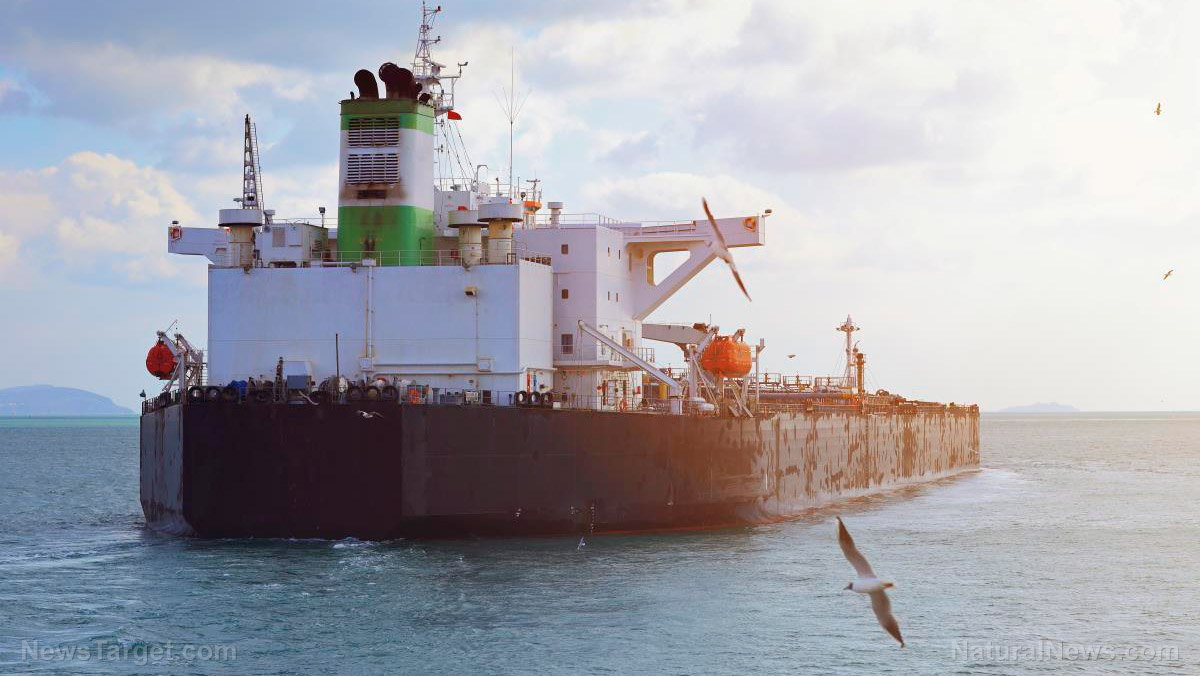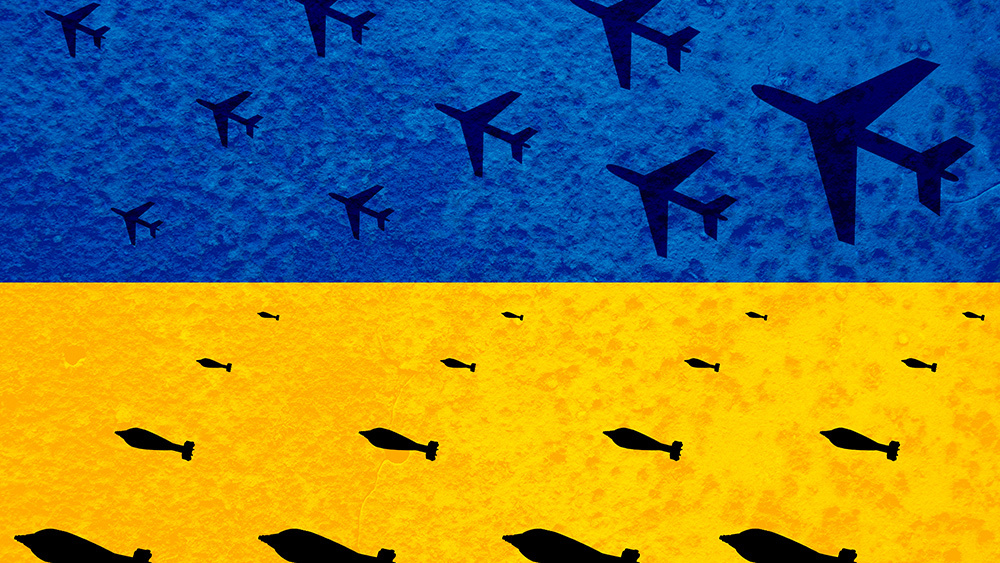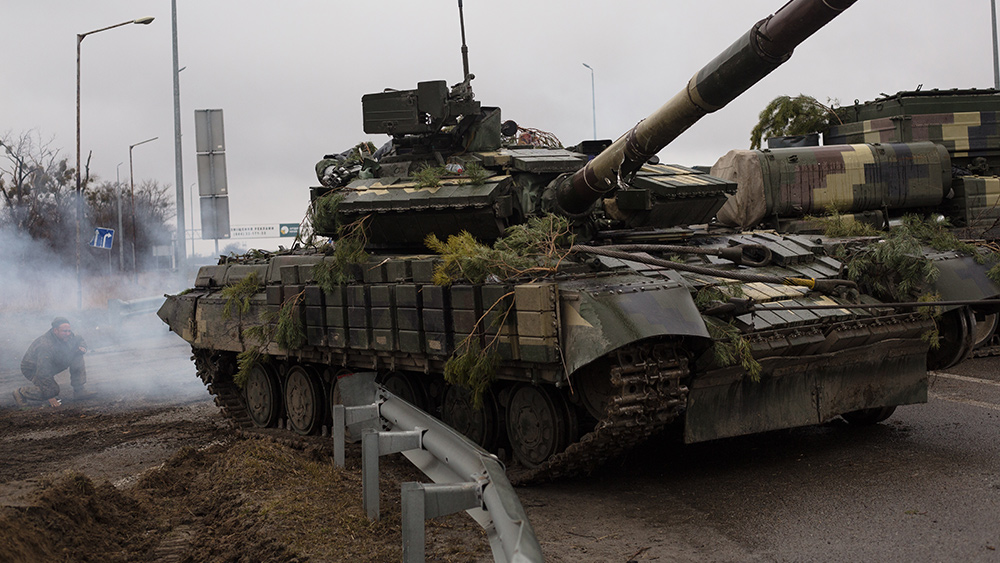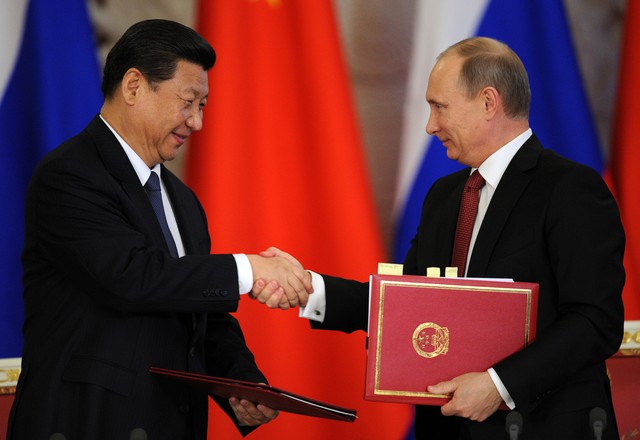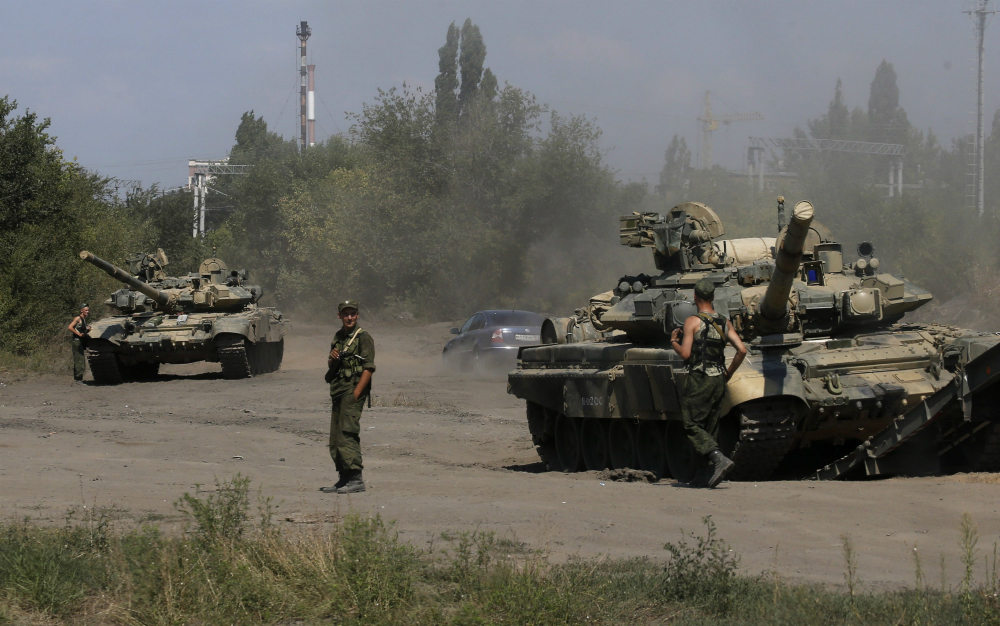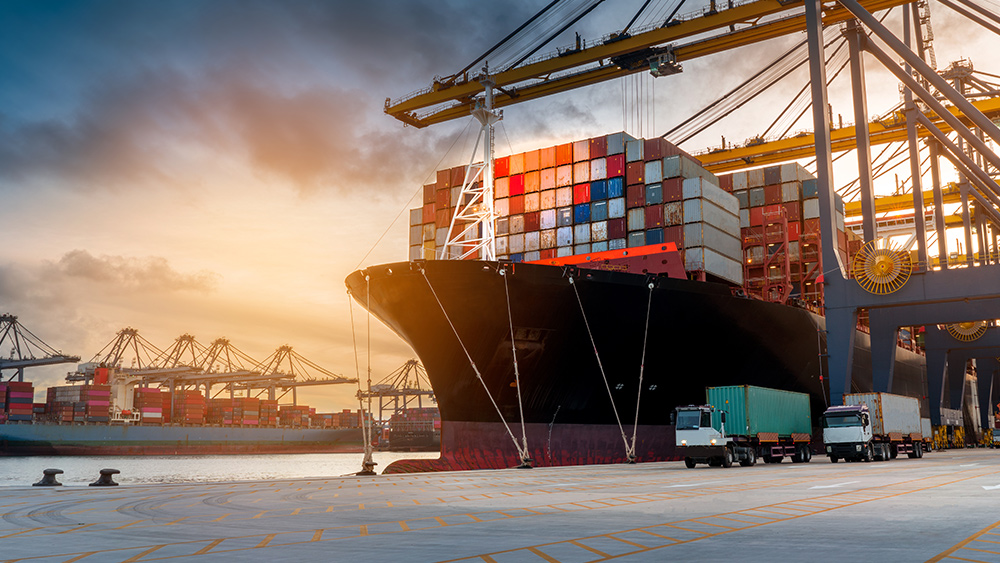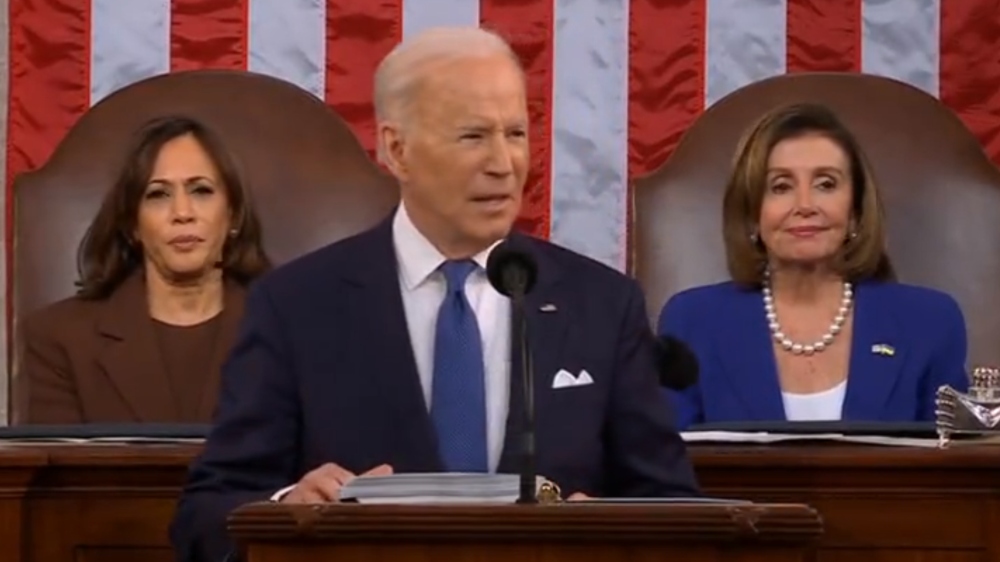World War III will be the excuse for extreme FOOD RATIONING across America
10/05/2023 / By Ethan Huff
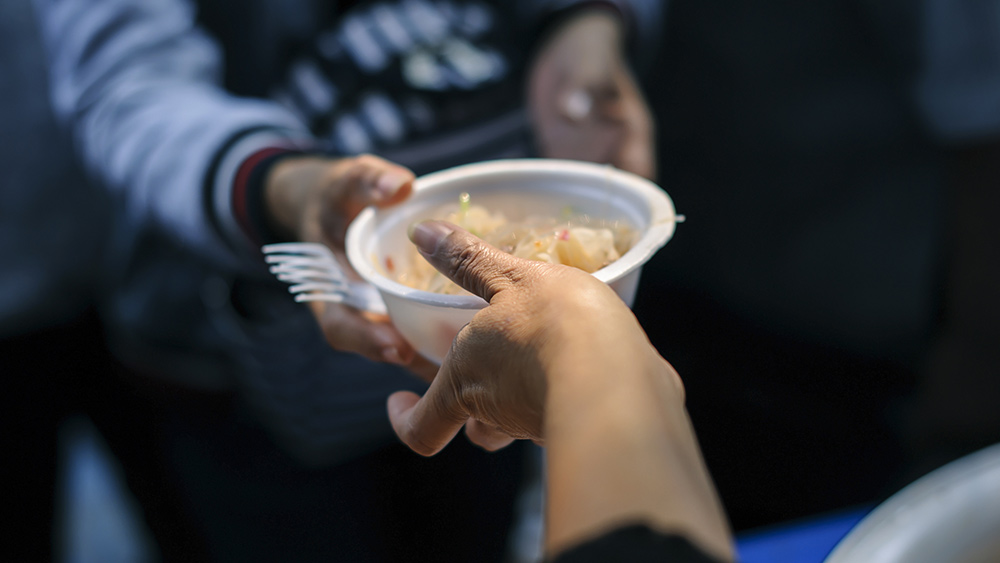
During every major world war, food rationing was imposed to offset hiccups in agricultural production – and the same will be true upon the arrival of World War III, which will serve as the excuse for an engineered food collapse.
During WWI, so many farms were transformed into battlefields, and so much of the transportation network disrupted, that moving food to grocery stores was no longer as easy as it once was. This is why on Aug. 10, 1917, right after the United States entered the war, the U.S. Food Administration was established: to manage the wartime supply, conservation, distribution, and transportation of food.
Then-President Woodrow Wilson appointed future-President Herbert Hoover to head up the U.S. Food Administration, to which he also developed a voluntary program “that relied on Americans’ compassion and sense of patriotism to support the larger war effort,” to quote History.com.
“In order to provide U.S. troops and allies with the sustenance required to maintain their strength and vitality, posters urging citizens to reduce their personal consumption of meat, wheat, fats and sugar were plastered throughout communities,” a History.com report explains.
“Slogans such as ‘Food will win the war’ compelled people to avoid wasting precious groceries and encouraged them to eat a multitude of fresh fruits and vegetables, which were too difficult to transport overseas. Likewise, promotions such as ‘Meatless Tuesdays’ and ‘Wheatless Wednesdays’ implored Americans to voluntarily modify their eating habits in order to increase shipments to the valiant soldiers defending our freedom.”
(Related: Food is already way too expensive for many people, thanks in part to “Bidenflation.”)
WWIII will be the war to end all wars
Once again in WWII, a voluntary conservation effort was attempted, but that failed and had to morph into mandatory restrictions on foods. Like with WWI, so much food was being shipped off to Europe to help soldiers and others impacted by the war that there was not enough left for Americans.
On Jan. 30, 1942, the Emergency Price Control Act was implemented to grant the Office of Price Administration (OPA) the legal authority to set price limits and ration food and other commodities to discourage hoarding and to ensure there was enough food to go around for everyone.
At one point, Americans could not purchase sugar unless they obtained special government-issued coupons. There was also a voucher system imposed for coffee, meat, cheese, fats, canned fish, canned milk, and various other processed foods.
Then came the war ration books filled with stamps that Americans were told to use to buy restricted items. Within the first weeks of their issuance, more than 91 percent of Americans had registered to participate in the war ration books program.
“The OPA allotted a certain amount of points to each food item based on its availability, and customers were allowed to use 48 ‘blue points’ to buy canned, bottled or dried foods, and 64 ‘red points’ to buy meat, fish and dairy each month – that is, if the items were in stock at the market,” explains History.com.
“Due to changes in the supply and demand of various goods, the OPA periodically adjusted point values, which often further complicated an already complex system that required home cooks to plan well in advance to prepare meals.”
Things were very different in the U.S. during the first two world wars, though. There was solidarity and a common culture, for one, and the average person was much more resilient and willing to help a friend or neighbor in need. Today’s Americans are the opposite of this, feeding off the greed and corruption that keeps the system going.
What will the food rationing programs during WWIII look like? Learn more at WWIII.news.
Sources for this article include:
Submit a correction >>
Tagged Under:
food, food freedom, food supply, foodcollapse, hunger, rationing, real history, scarcity, war, WWIII
This article may contain statements that reflect the opinion of the author
RECENT NEWS & ARTICLES
SupplyChainWarning.com is a fact-based public education website published by SupplyChainWarning.com Features, LLC.
All content copyright © 2021 by SupplyChainWarning.com Features, LLC.
Contact Us with Tips or Corrections
All trademarks, registered trademarks and servicemarks mentioned on this site are the property of their respective owners.



